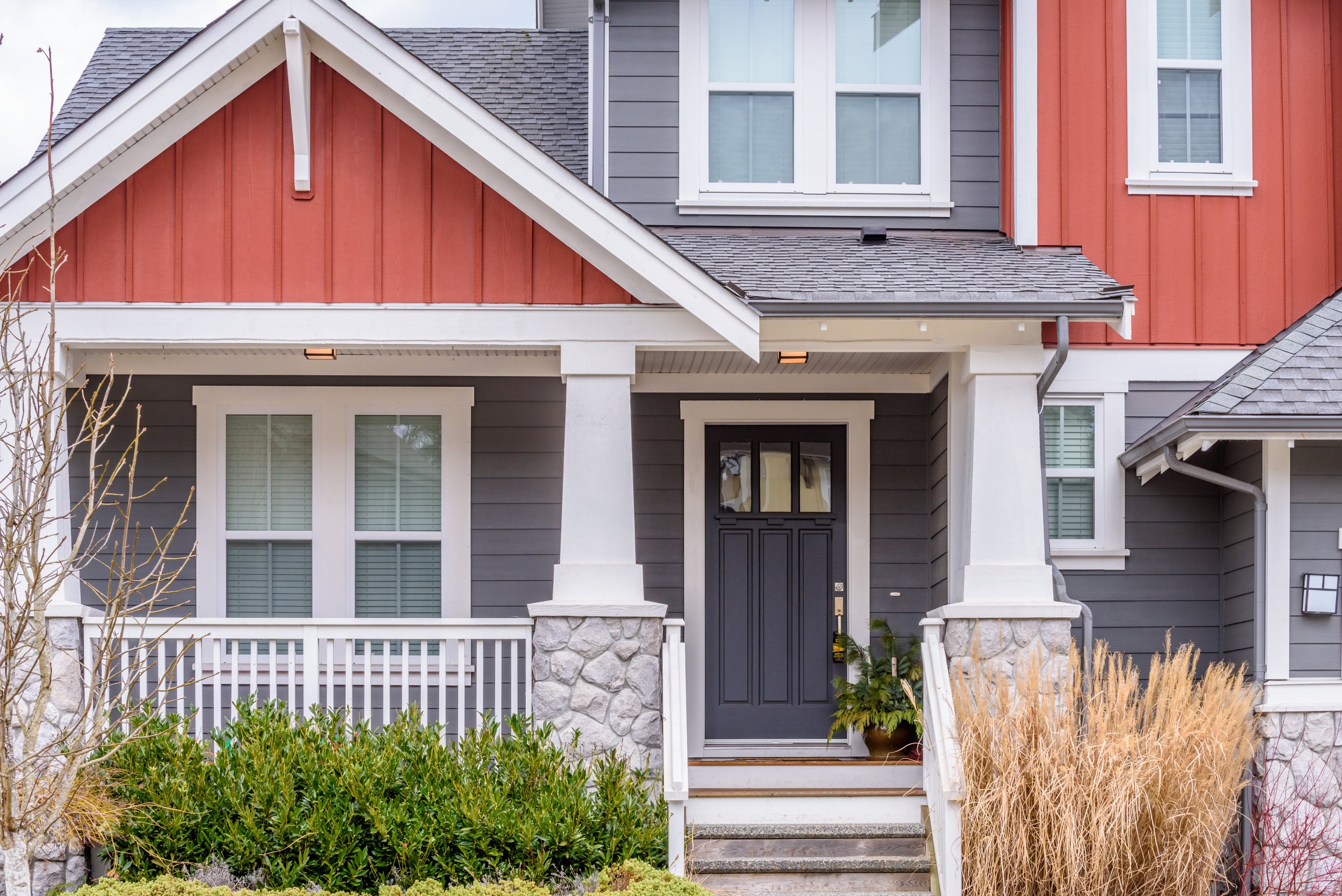6 Financing Tips for First-Time Home Buyers
For many first-time home buyers, the financing process can seem intimidating. But it doesn’t have to be. Here are six things to remember as you embark on this process.
1. Make sure you understand the full cost of homeownership
As a first-time home buyer, you’re probably accustomed to the monthly cost of renting, which usually includes your rent payment, some of the utilities, and your internet and cable bills. As a homeowner, you’ll be responsible for additional monthly costs that may have been covered by your landlord. That includes things like water, sewer and garbage bills, monthly HOAs (if you’re buying a condo) and the cost of lawn care. You’ll also be responsible for paying property taxes and homeowners insurance. And don’t forget the cost of maintenance. It’s recommended that you set aside 1-3 percent of the purchase price of the home annually to cover repairs and maintenance.
2. Qualifying for a mortgage might not be as hard as you think
Many renters wonder if they can afford to buy a house. Maybe you haven’t saved enough for a 20 percent down payment. But you might be surprised to see what kind of house you could buy based on the amount you spend every month on rent. Try plugging some numbers into an affordability calculator to get a better sense of what you need — and how much you have. Or, you can talk to a lender and find out what you might qualify for.
While 20 percent is ideal, you don’t necessarily need that large of a down payment to buy a home. There are loan programs that cater to first-time home buyers, such as the FHA loan, which allow for down payments as little as 3.5%. Even some conventional loans allow for down payments as low as 3 percent. And certain loans, such as VA loans for veterans and military or USDA loans for buyers in rural areas, don’t require a down payment at all.
3. Get pre-qualified early in the process of house hunting
Many first-time buyers wait until they’ve found a home they want to buy before talking to a lender, but there are many benefits to getting pre-qualified early. Pre-qualification can help you shop in your price range, act fast when you find a house you want to make an offer on, and catch — and correct — any errors on your credit report before they cause a problem with your loan. This could help save you thousands in the long run because an error on your credit report could result in a lower credit score, leading to a higher interest rate.
4. Talk to multiple lenders
Many home shoppers use a lender who was recommended by a friend, family member or real estate agent, and they don’t bother shopping around. But that doesn’t guarantee you’ll get the best rate, or even get a lender who is experienced with loans for your particular situation. The CFPB recommends talking to at least three lenders to get the best loan for you.
Although it’s not required, most home shoppers end up getting a loan through the lender who pre-approved them. So it’s a good idea to do your research with lenders early, at the pre-approval stage.
If you want to compare rates and programs, Zillow has two tools that can help. You can reach a local lender who has experience with loans for your situation, or you can get free, anonymous mortgage rate quotes from hundreds of participating lenders.
5. Keep close track of your budget
When a lender provides a pre-approval or pre-qualification letter, they’ll typically include the maximum amount they will lend you. But just because a lender will let you borrow a certain amount doesn’t mean you should spend it.
There are rules lenders follow to determine what you can borrow, such as the 28/36 rule, which says that a homeowner should spend no more than 28 percent of their gross monthly income on housing expenses, and no more than 36 percent on overall debt. But buying a home also comes with significant upfront costs, such as the down payment and closing costs, so you’ll want to make sure you have savings left for emergencies and other unexpected expenses after you close on your new home.
6. Research down payment assistance programs
Saving for a down payment is often cited as the biggest hurdle to homeownership for first-time buyers. But did you know there are thousands of down payment assistance programs in the U.S.?
These programs typically offer “soft” second or third mortgages or grants which allow for zero percent interest rates and deferred payments. Ask your real estate agent or lender if there are programs in your area that you may qualify for. You can also search for down payment assistance programs on sites like the Down Payment Resource Center.
** This article was originally published by Zillow. CLICK HERE to view the full article.
